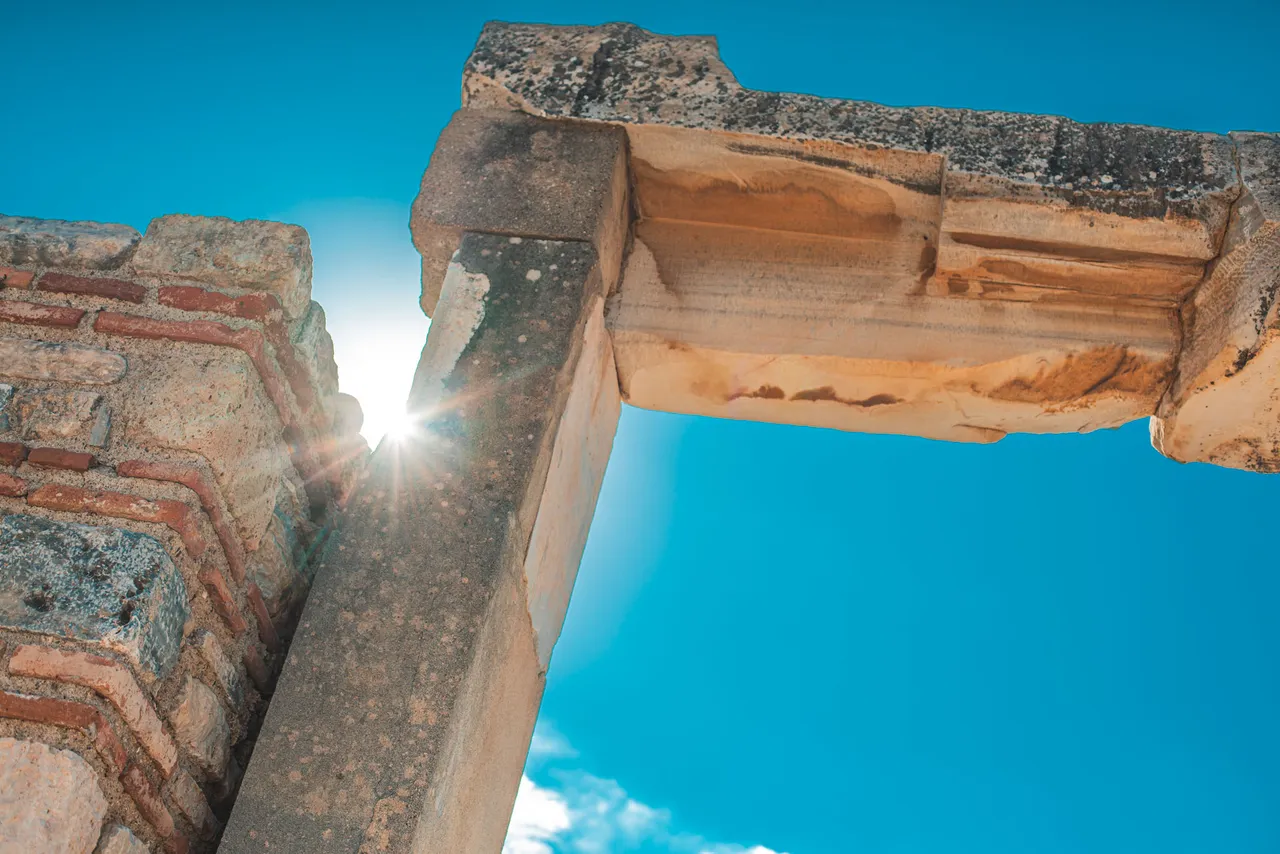
The Church of Mary
One of the main attractions that Ephesus has to offer is the Church of Mary, which is also known as The Council Church. It is a large three-aisled bishop's church (145x30 meters). The basilica was renowned in 431 AD and became the 3rd Ecumenical Council. You can find the church at the Southern Stoa of the Olympian Quarter. While the church has undergone many rebuilds during the Byzantine period (7th century), it has been used many times till in the Middle Ages as a cemetery church.
What makes this Church so special? Well, it is to be believed to be the very first church that has been dedicated to the Virgin Mary, the mother of Jesus Christ. If you know about Mary, you know how important this church must have been in early Christian History. It is also one of the oldest Christian structures in Ephesus. It was built in the 3rd century CE. One of the unique things about the church is that it incorporated an existing structure related to the city's past: the Olympieion, which used to be a temple dedicated to the Imperial Cult of Emperor Hadrian as Zeus Olympios.
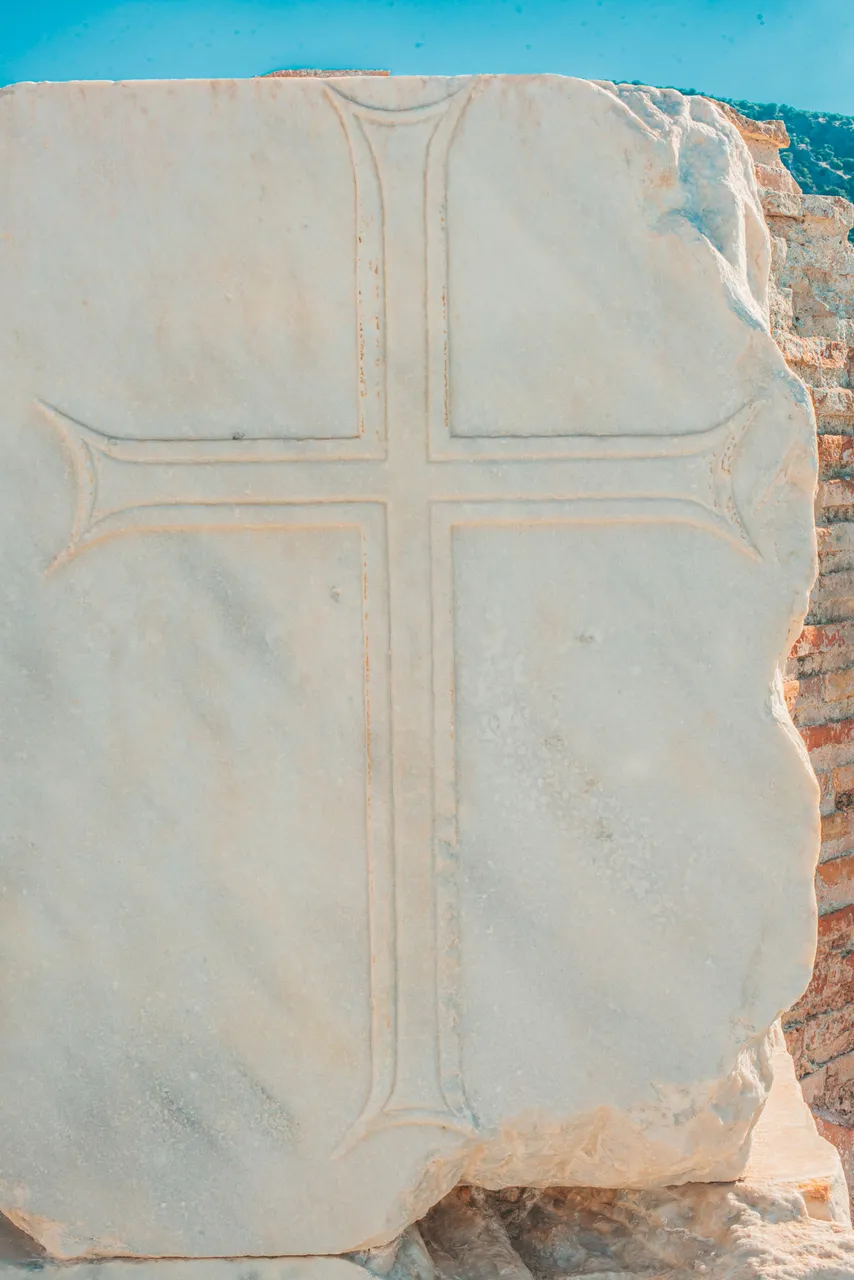
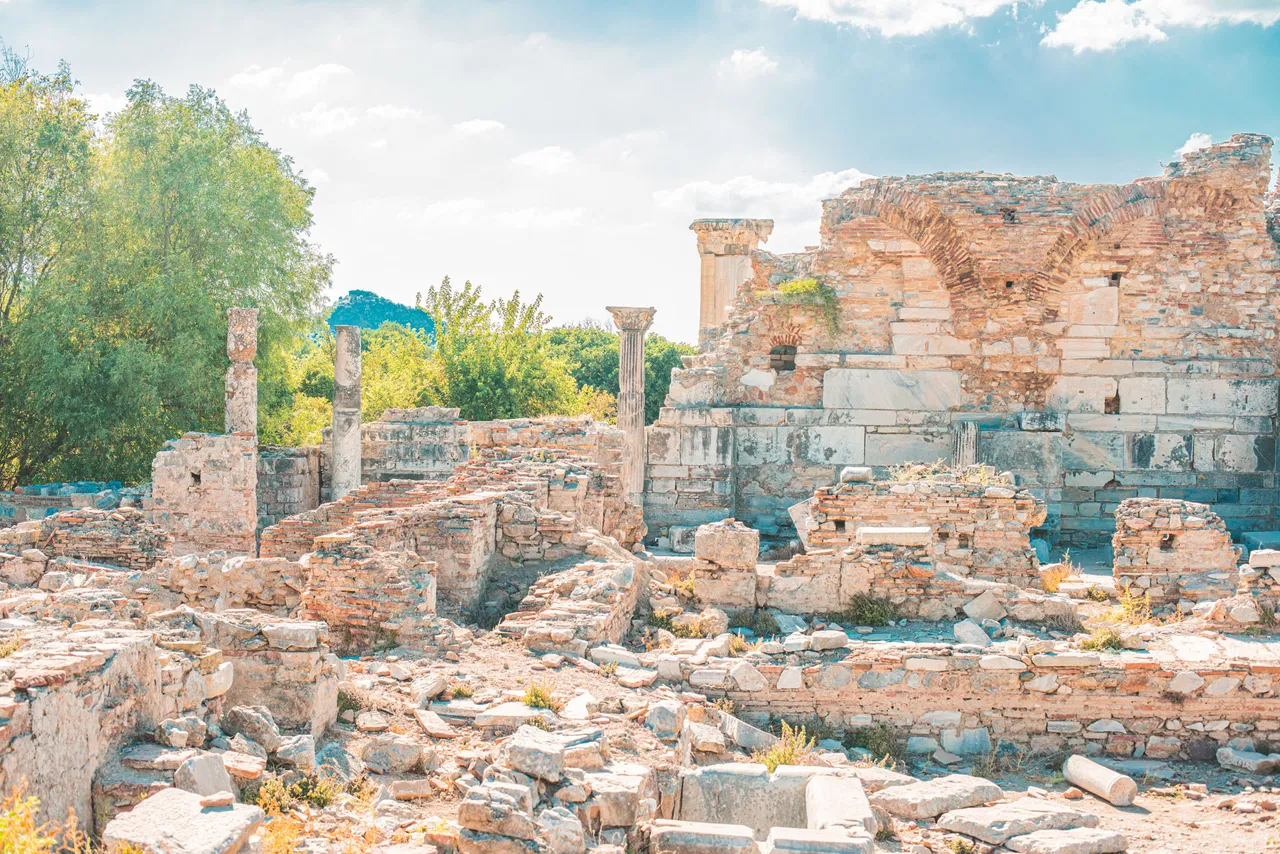

This also explains why I found it odd to find a Christian Cross on Ephesus, as I was expecting to see only Roman structures. The ruins share so much about the materials that were being used during these past centuries. I love the different-sized bricks that they used to construct the inner side of the wall before completing it with beautiful ornaments and marble. There is so much detail to be found in the pillars, it always makes me wonder how much patience and respect the people had while doing the labor.

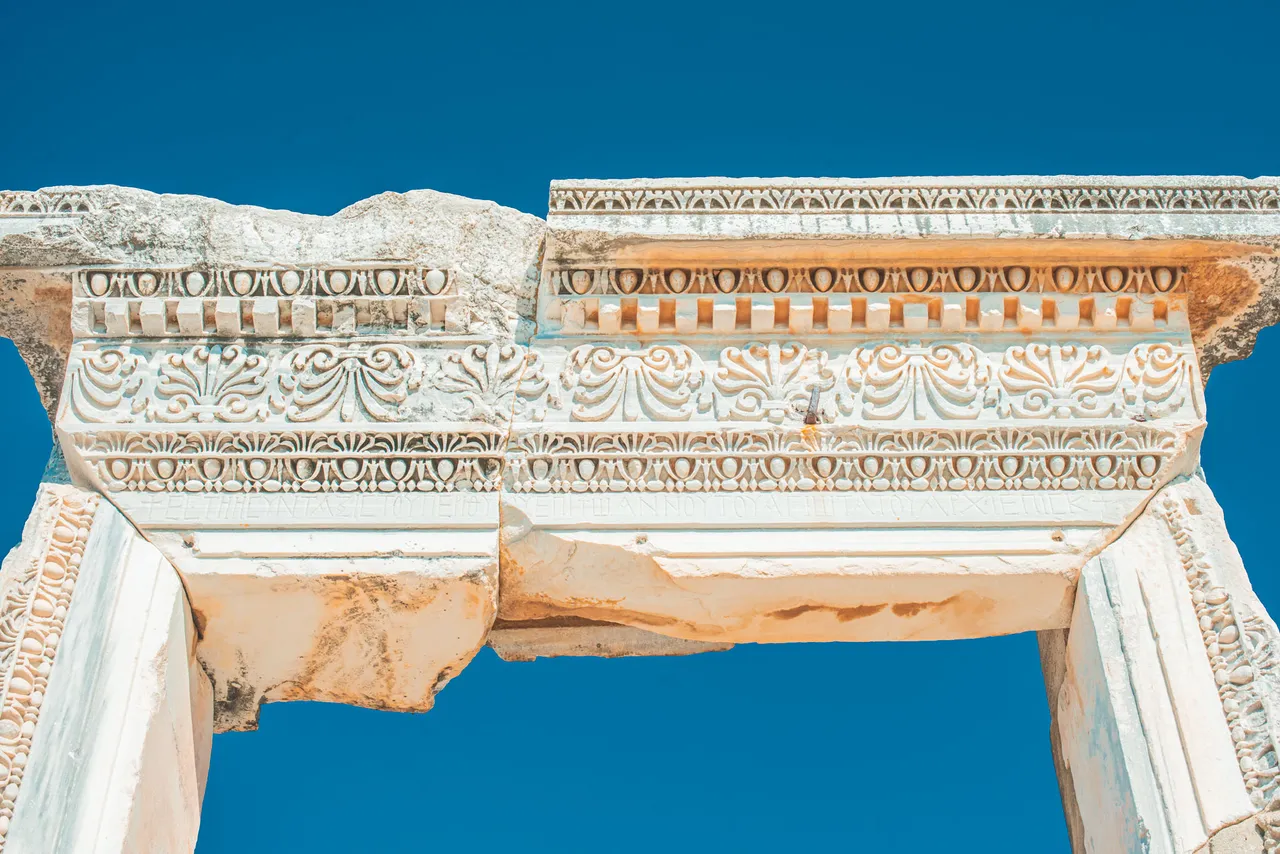
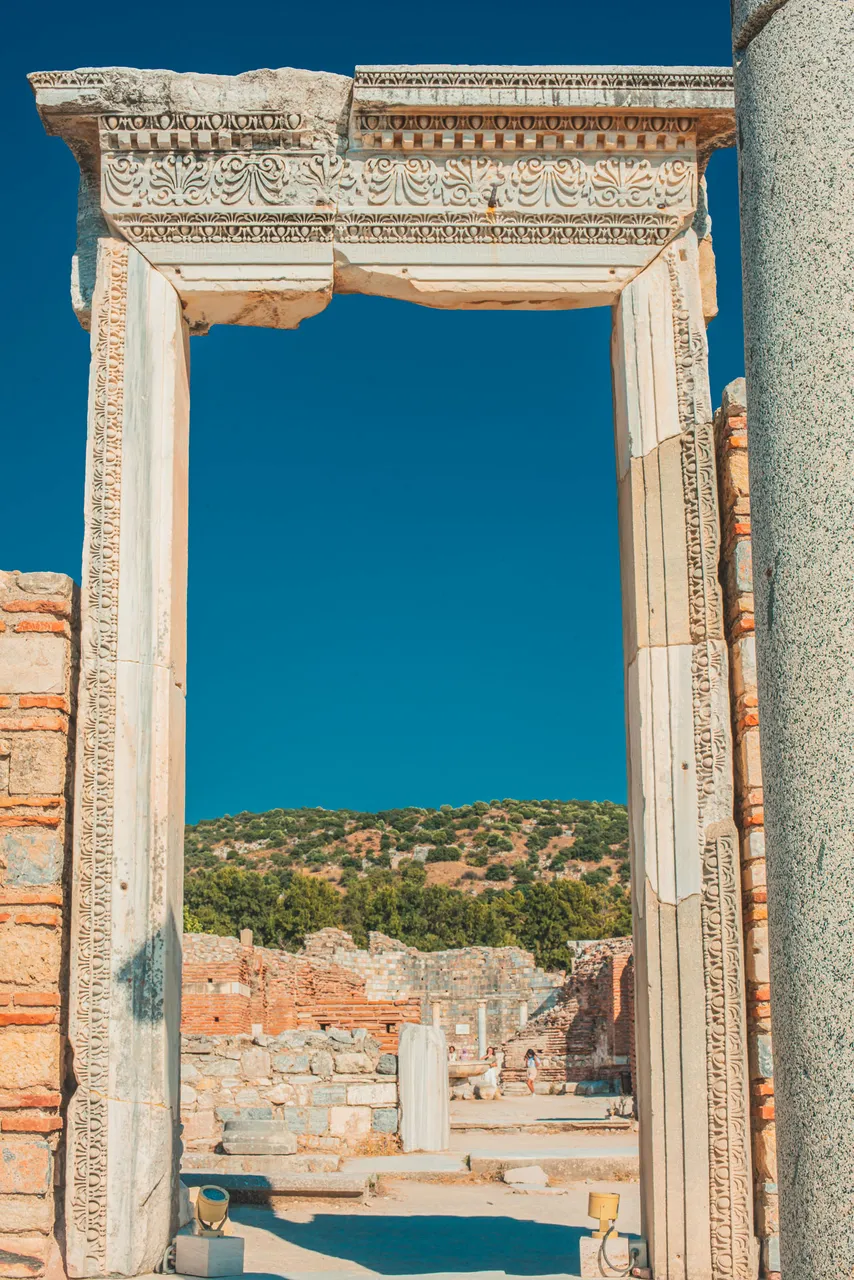
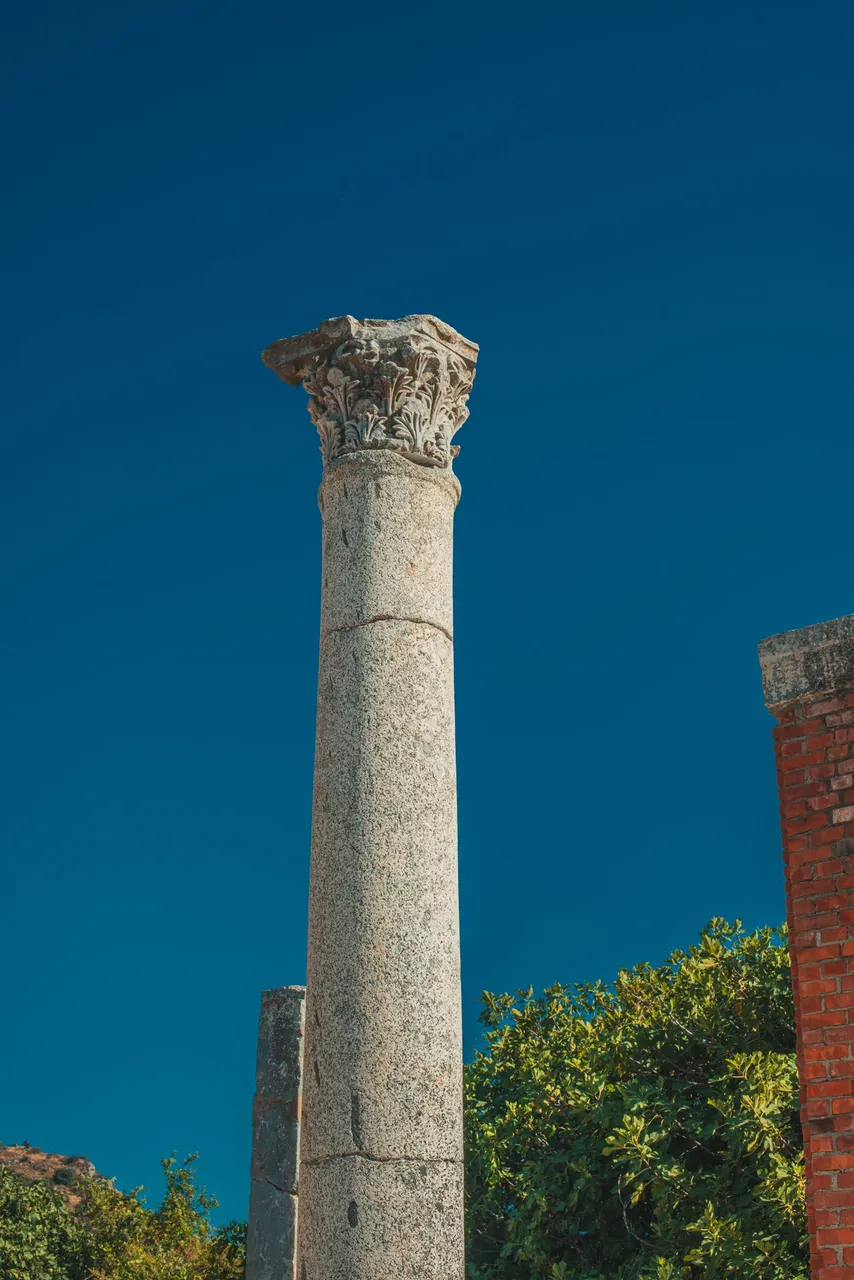
The Church of the Virgin Mary houses two aisles and identifies as a Church/Basilica (lol). There is also a strong belief that there is a link to St. John. St. John believed to have been around in Ephesus, wrote his gospel here and is supposed to have cared for Mary after Jesus' crucifixion. So, basically what this implies, is that Mary spent her last days in Ephesus with St. John. It is no surprise that this is a hot spot for Christians.
Like with any church, it was used for religious purposes. It was a place of worship and was used for (religious) community gatherings.
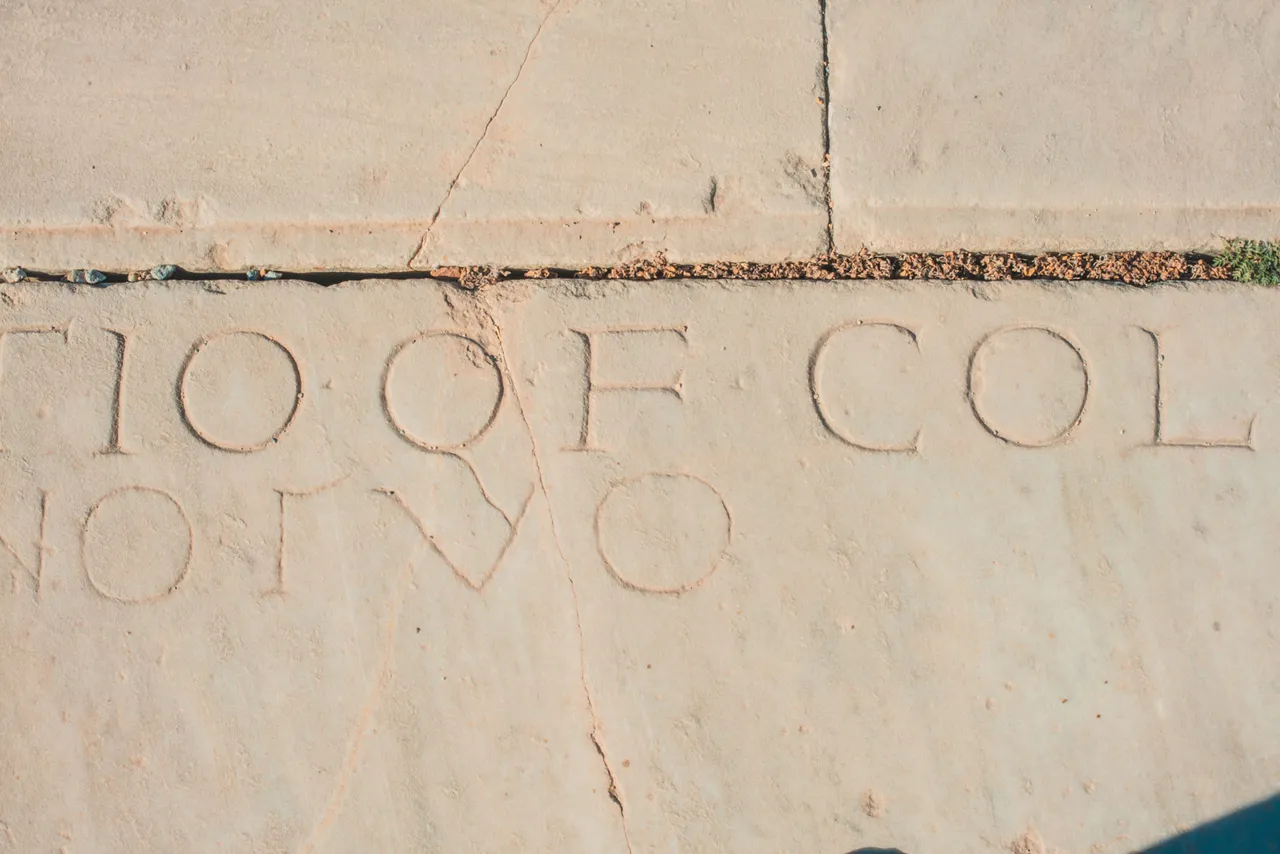
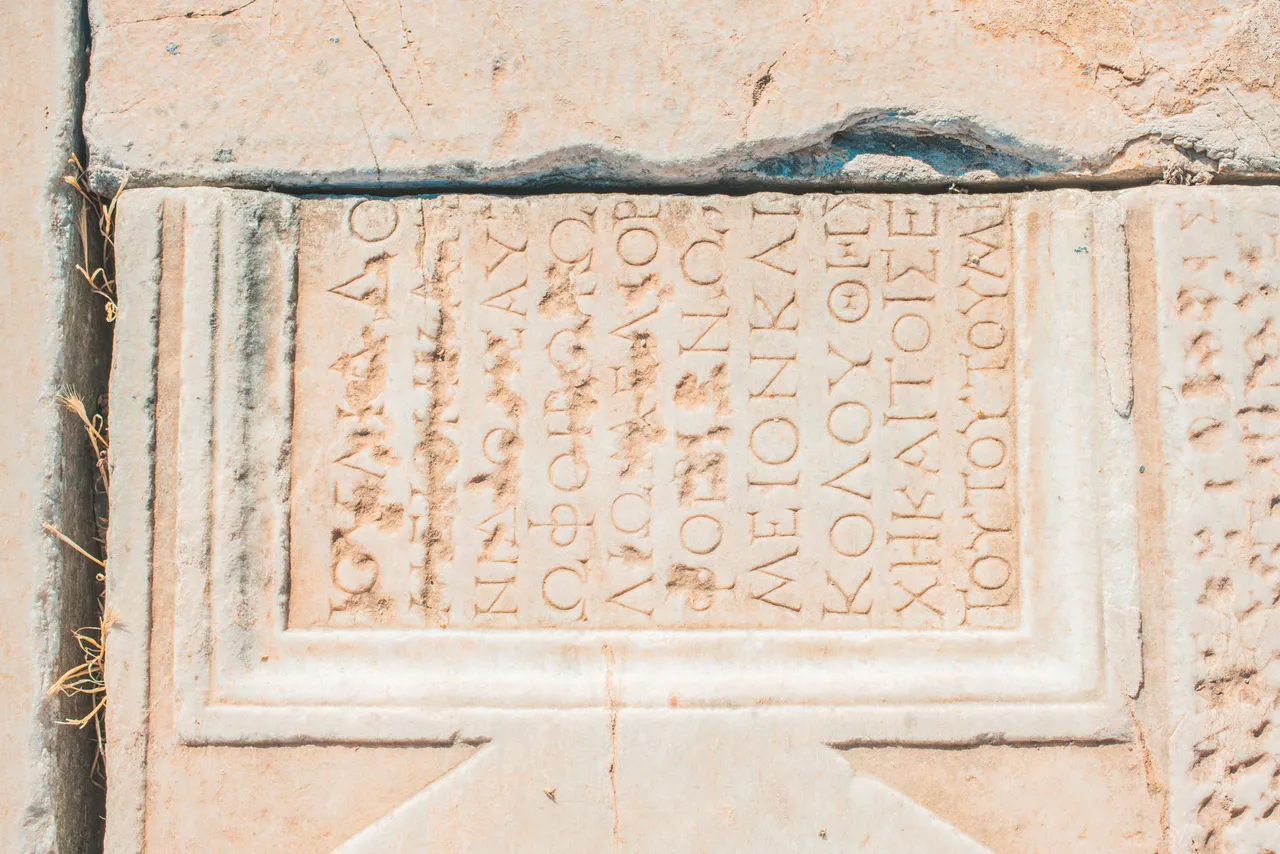
A friend told me once, "Love is always the answer", and it has been going through my head many times, in many situations. The interpretation of someone's actions can always be questioned, depending on which side you're on, and how you deal with life itself. For example, someone may think that the labor done to construct this structure may have been very hard for the people, while the builder may have done it from passion and deep respect, which is a form of love.
What I'm trying to share here, is that sometimes we may not directly feel or see the love, as it can also be seen as harmful. The real question, and always the most important question from my perspective is: Why?
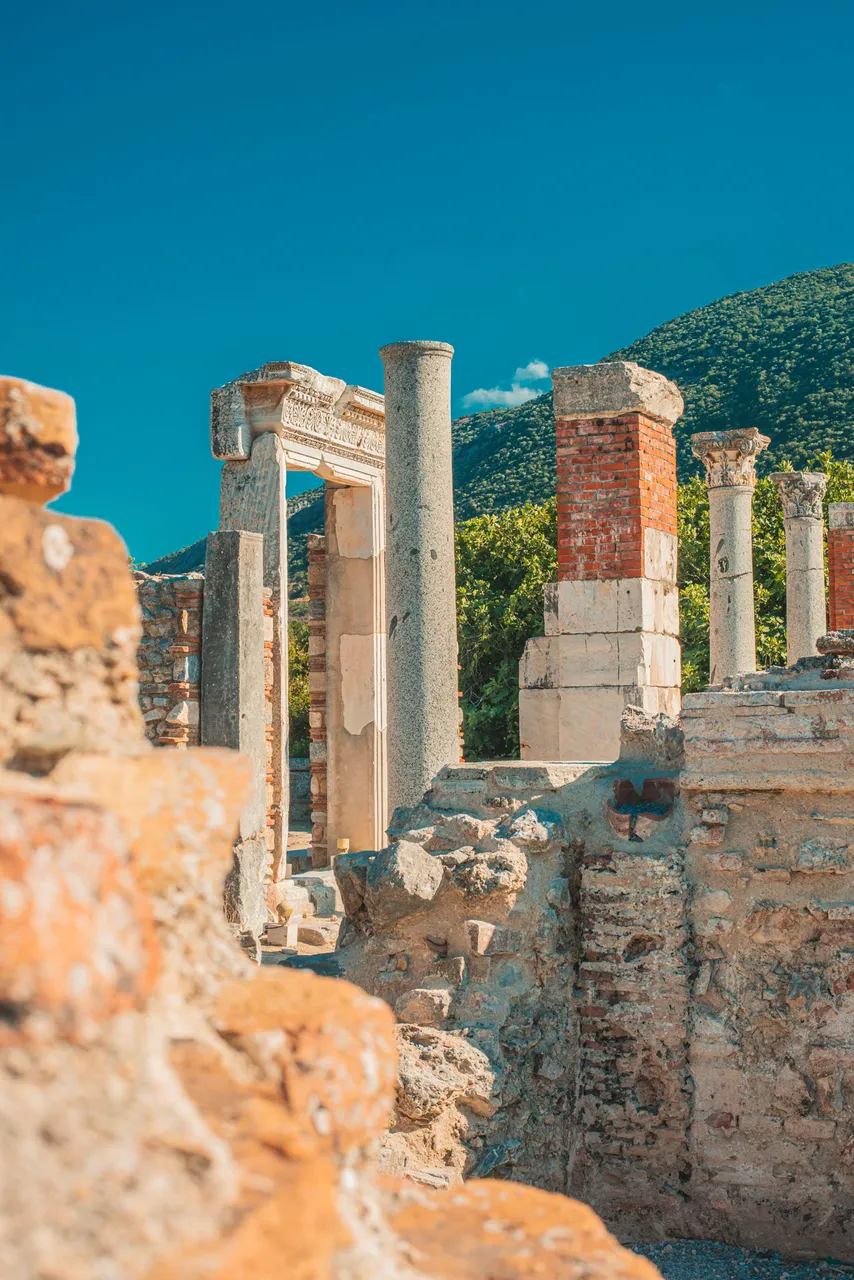
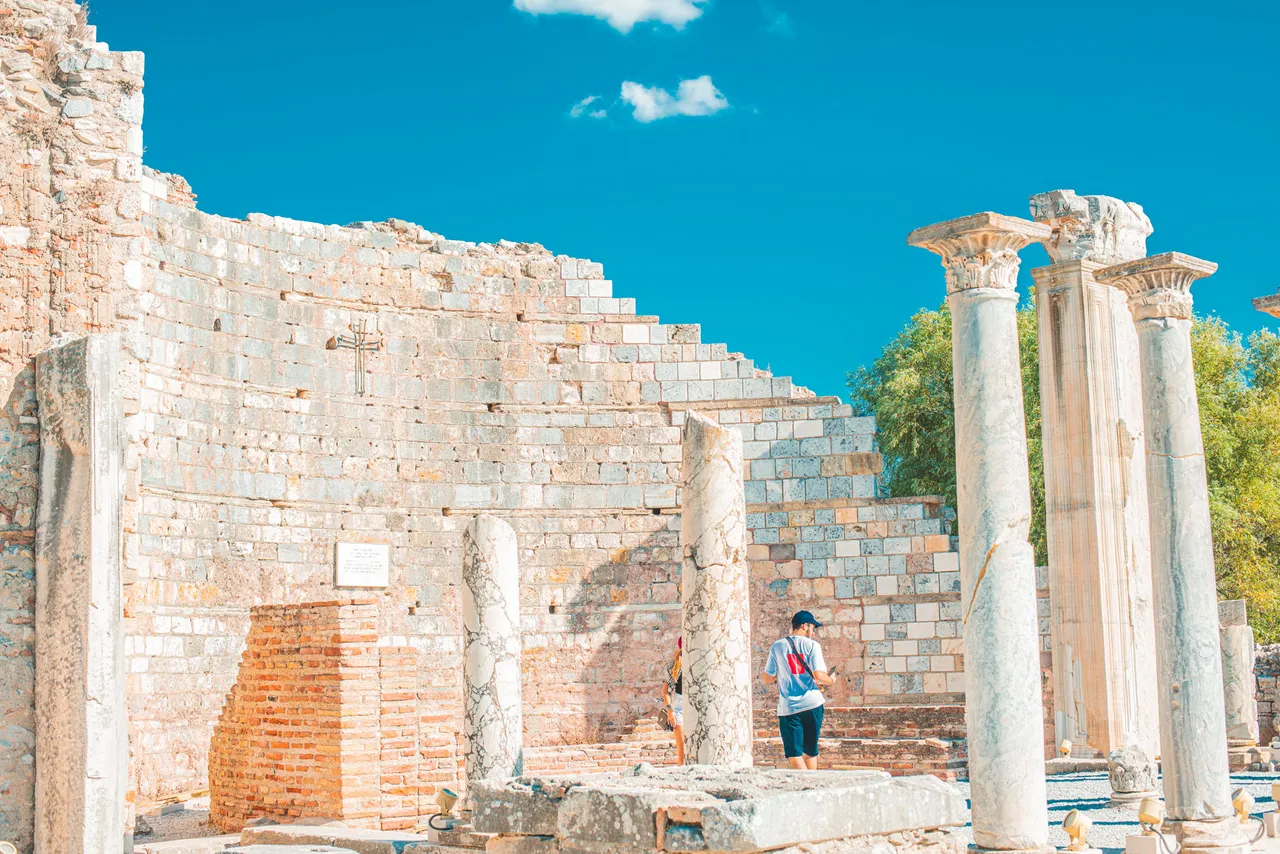
It is always a gift for me when I read about these things afterward. I just go and visit with a blank mind, and when I get home, I read about the places where I have been. This place is really something special, in terms of global history, as Christianity has gotten quite big after the Romans accepted it as a religion.
One thing to note though, the location of the church is a little bit off-road. So, if you're going with a tour/guide, you have a big chance that you won't be able to see it.
Cheers,
Ruben